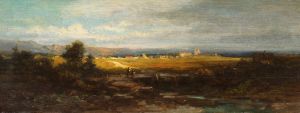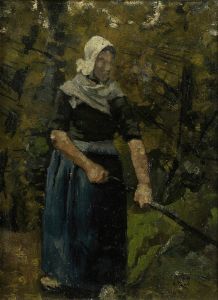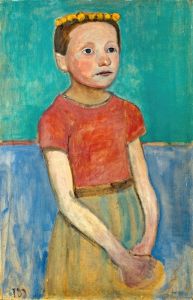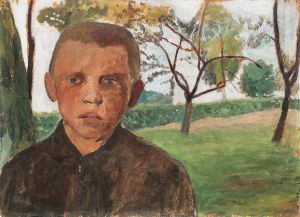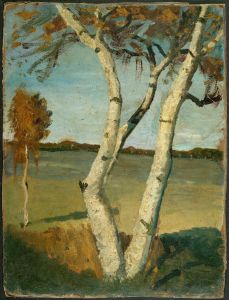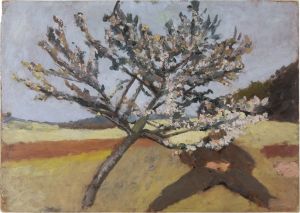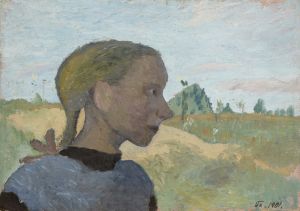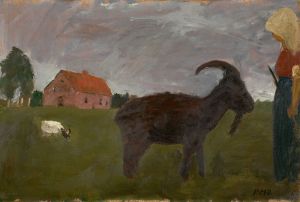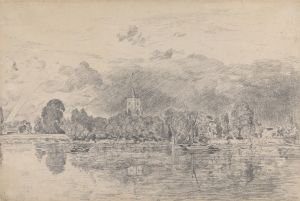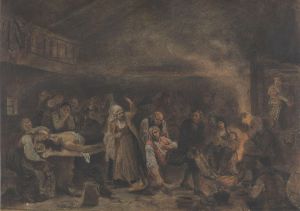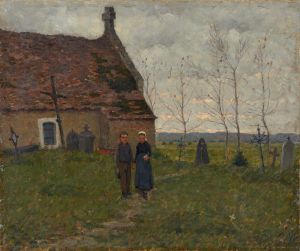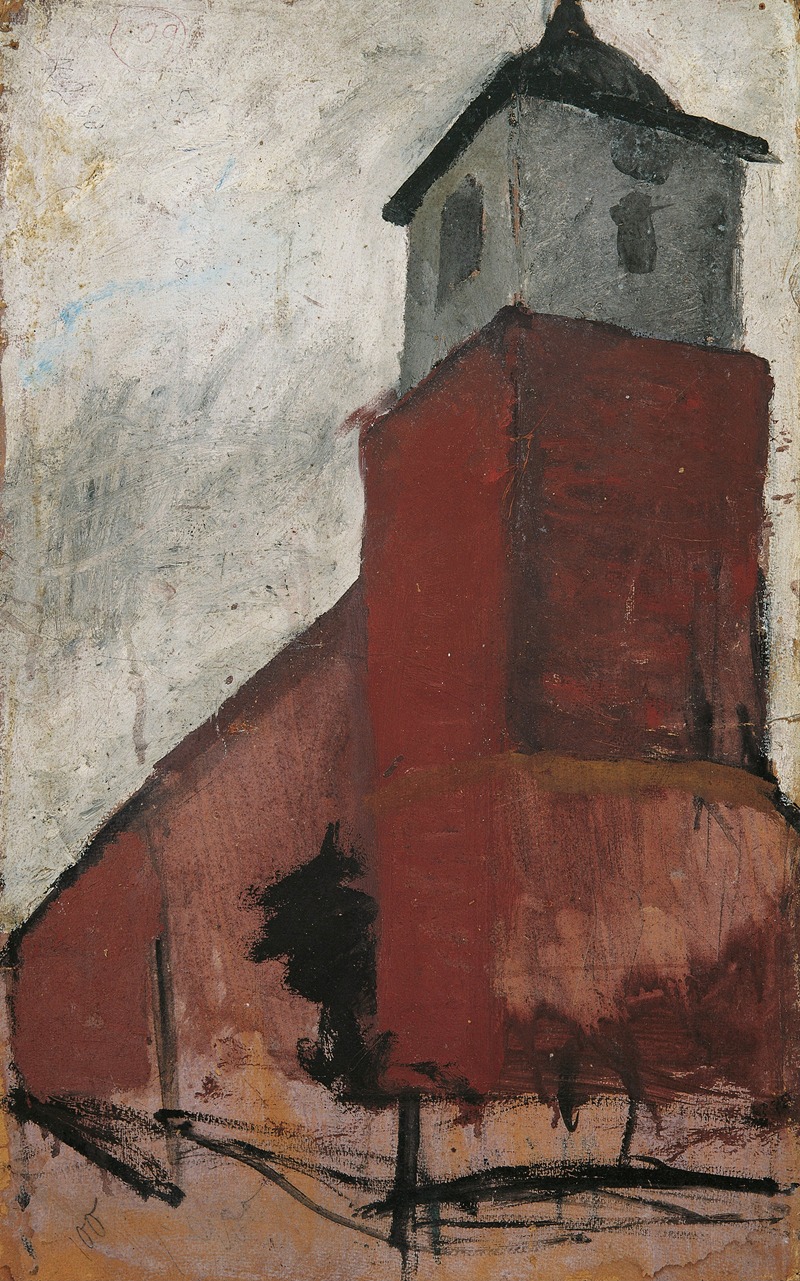
Church in Worpswede
A hand-painted replica of Paula Modersohn-Becker’s masterpiece Church in Worpswede, meticulously crafted by professional artists to capture the true essence of the original. Each piece is created with museum-quality canvas and rare mineral pigments, carefully painted by experienced artists with delicate brushstrokes and rich, layered colors to perfectly recreate the texture of the original artwork. Unlike machine-printed reproductions, this hand-painted version brings the painting to life, infused with the artist’s emotions and skill in every stroke. Whether for personal collection or home decoration, it instantly elevates the artistic atmosphere of any space.
Paula Modersohn-Becker, a pioneering German painter and one of the most important early expressionists, created the artwork "Church in Worpswede" during her time in the artists' colony of Worpswede. This village in northern Germany became a hub for artists in the late 19th and early 20th centuries, drawn by its rural landscapes and the opportunity to explore new artistic approaches away from urban academic traditions.
The painting "Church in Worpswede" depicts the village church, a central landmark in Worpswede, surrounded by the natural environment that inspired many of the artists in the colony. Modersohn-Becker's style in this work reflects her characteristic approach to form and color, emphasizing simplicity and emotional resonance over detailed realism. The church is rendered with a sense of solidity and quiet presence, while the surrounding landscape is treated with a softness that highlights the harmony between human structures and nature.
Modersohn-Becker was deeply influenced by her surroundings in Worpswede, as well as by her exposure to modern art movements during her travels to Paris. Her work often blended elements of traditional German romanticism with the bold experimentation of post-impressionism and early expressionism. In "Church in Worpswede," these influences are evident in the way she balances the structural clarity of the church with the more fluid and atmospheric treatment of the landscape.
The exact date of the painting is not definitively documented, but it is believed to have been created during her years in Worpswede, likely between 1898 and 1907. This period was a formative time for Modersohn-Becker, as she developed her distinctive artistic voice and produced many works that explored themes of rural life, nature, and spirituality.
"Church in Worpswede" is part of Modersohn-Becker's broader body of work that sought to capture the essence of her environment and the people within it. While the painting itself may not be as widely recognized as some of her portraits or still lifes, it remains an important example of her engagement with the Worpswede landscape and her ability to infuse everyday scenes with a sense of depth and meaning.
Today, Paula Modersohn-Becker is celebrated as a trailblazer in modern art, and her works, including "Church in Worpswede," are studied for their innovative approach and emotional power. The painting is held in a private or institutional collection, though specific details about its current location are not widely available.





